Home>Technology>Security & Surveillance>How To Fix A Jammed Car Door Lock
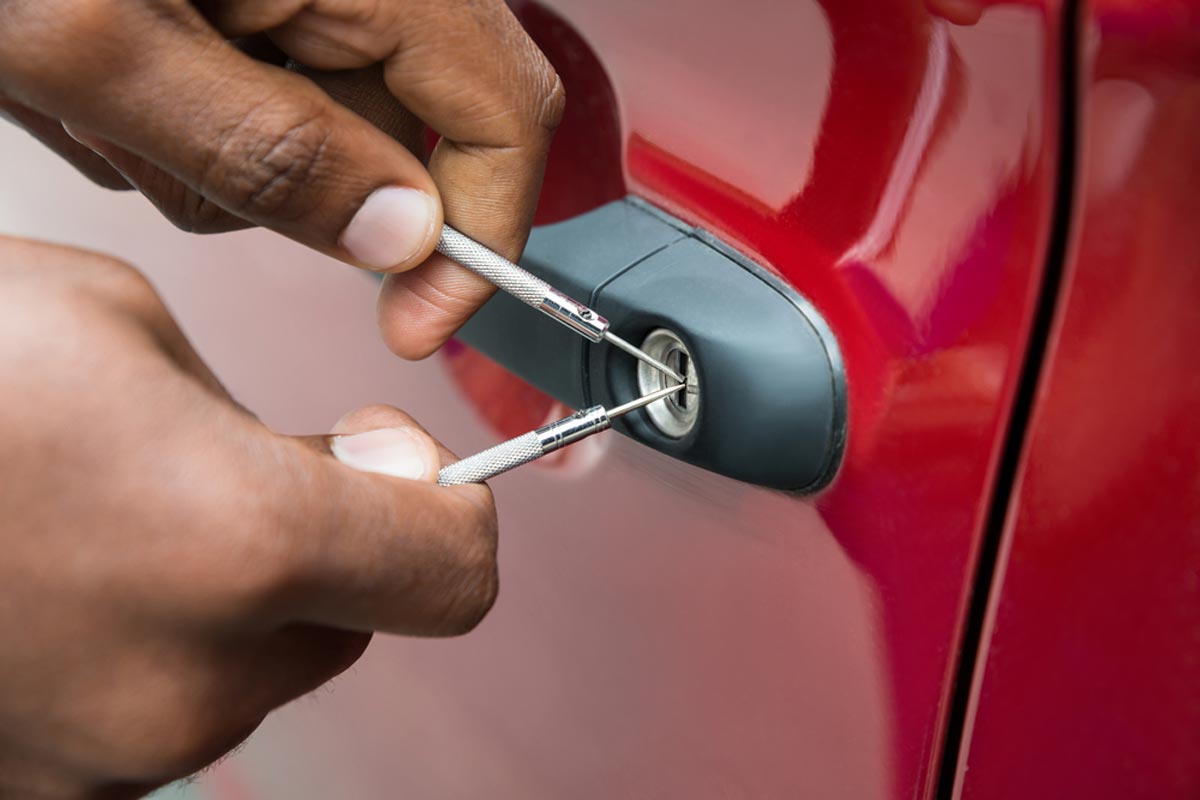

Security & Surveillance
How To Fix A Jammed Car Door Lock
Modified: February 25, 2024
Learn how to fix a jammed car door lock for improved security and surveillance. Our step-by-step guide will help you troubleshoot and resolve the issue quickly.
(Many of the links in this article redirect to a specific reviewed product. Your purchase of these products through affiliate links helps to generate commission for Storables.com, at no extra cost. Learn more)
Introduction
Welcome to the comprehensive guide on fixing a jammed car door lock! Dealing with a jammed car door lock can be frustrating and inconvenient, especially when you're in a rush. Whether it's due to weather conditions, aging components, or a key-related issue, a jammed car door lock can throw a wrench into your daily routine. However, fear not, as we've got you covered with practical solutions to address this common problem.
In this guide, we'll walk you through the step-by-step process of diagnosing and resolving a jammed car door lock. From assessing the situation to utilizing the right tools and techniques, you'll gain valuable insights into tackling this issue effectively. By following the methods outlined in this article, you can potentially save time and money by avoiding a trip to the auto repair shop.
So, if you're ready to regain smooth and hassle-free access to your vehicle, let's dive into the world of car door lock troubleshooting and repair. Whether you're a seasoned DIY enthusiast or simply looking to learn a new skill, this guide is designed to empower you with the knowledge and confidence to tackle a jammed car door lock head-on. Let's roll up our sleeves and get started on restoring seamless functionality to your car's door lock!
Key Takeaways:
- Don’t force a jammed car door lock! Use graphite lubricant and check the key for wear or damage. If that doesn’t work, seek professional help to avoid further damage.
- Inspect the door mechanism and hinges for issues. If all else fails, seek help from a professional locksmith or auto repair service for a comprehensive solution.
Read more: How To Fix A Jammed Door Lock
Understanding the Problem
Before delving into the troubleshooting process, it’s important to understand the potential causes of a jammed car door lock. Several factors can contribute to this issue, ranging from simple mechanical issues to environmental influences. One common cause is the accumulation of dirt, debris, or rust within the lock mechanism, which can impede the smooth operation of the lock cylinder. Additionally, extreme temperatures and moisture can exacerbate these issues, causing components to seize or become stiff.
Another common culprit behind a jammed car door lock is a worn or damaged key. Over time, the teeth of the key may wear down, making it difficult for the key to engage with the internal components of the lock. Furthermore, if the key has been bent or damaged, it may not fit properly into the lock cylinder, leading to jamming and difficulty in turning the key.
Understanding the root cause of the problem is crucial in determining the most effective solution. By identifying the underlying issue, you can apply the appropriate remedies to restore the functionality of the car door lock. In the following sections, we’ll explore the step-by-step process of diagnosing and addressing the specific factors that can lead to a jammed car door lock. Armed with this knowledge, you’ll be well-equipped to tackle the problem with confidence and precision.
Tools You Will Need
Before embarking on the journey to fix a jammed car door lock, it’s essential to gather the necessary tools to facilitate the troubleshooting and repair process. Having the right tools at your disposal can make the task more manageable and increase the likelihood of a successful outcome. Here’s a list of tools that you may need:
- Graphite lubricant: This specialized lubricant is designed to penetrate the lock mechanism, reducing friction and allowing for smooth operation. Graphite lubricant is particularly effective in addressing issues related to key insertion and turning.
- Lock de-icer: If you’re dealing with a frozen car door lock, a lock de-icer can help melt the ice and alleviate the jamming. It’s especially useful in cold climates or during winter months.
- Needle-nose pliers: These handy tools can be used to extract broken keys or foreign objects that may be lodged in the lock cylinder, obstructing the key from functioning properly.
- Clean cloth: A clean, lint-free cloth can be used to wipe down the lock and remove any accumulated dirt, grime, or moisture that may be contributing to the jamming.
- Small brush: A soft-bristled brush, such as a toothbrush, can aid in gently cleaning the internal components of the lock, dislodging any debris or rust that may be impeding its operation.
- Silicone spray: Silicone-based lubricants can be used to lubricate the door hinges and latch mechanism, ensuring smooth and quiet operation of the entire door assembly.
By having these tools readily available, you’ll be well-prepared to tackle a wide range of issues that may be causing your car door lock to jam. Additionally, these tools can serve multiple purposes beyond addressing lock-related problems, making them valuable additions to any DIY enthusiast’s toolkit. With the right tools in hand, you’re ready to proceed with the troubleshooting process and restore functionality to your car’s door lock.
Step 1: Assess the Situation
When confronted with a jammed car door lock, the first step is to carefully assess the nature of the problem. Start by attempting to insert the key into the lock and observe any resistance or difficulty in turning the key. Take note of any unusual sounds or sensations, as these can provide valuable clues about the underlying issue.
If the key encounters significant resistance or refuses to turn at all, refrain from forcing it, as this can potentially exacerbate the problem by causing the key to break or the lock to become further damaged. Instead, take a moment to inspect the exterior of the lock for any visible signs of dirt, corrosion, or physical damage. Additionally, examine the key itself for signs of wear, bending, or damage that may be hindering its ability to engage with the lock mechanism.
Next, consider external factors that may be contributing to the jamming, such as extreme weather conditions or the presence of foreign objects in the lock cylinder. If the lock is frozen due to cold weather, it’s important to address the ice buildup before attempting any further troubleshooting steps. Similarly, if you suspect that debris or foreign objects are obstructing the key from fully entering the lock, refrain from forcing the key and proceed with caution.
By thoroughly assessing the situation and gathering pertinent information about the condition of the lock, key, and surrounding environment, you’ll be better equipped to proceed with targeted troubleshooting steps. Remember to approach the assessment process with patience and attentiveness, as keen observations can often lead to valuable insights that pave the way for effective solutions.
Step 2: Lubricate the Lock
One of the most common causes of a jammed car door lock is a lack of proper lubrication within the lock mechanism. Over time, dirt, dust, and moisture can accumulate inside the lock cylinder, leading to increased friction and hindered functionality. To address this issue, the application of a suitable lubricant can help restore smooth operation to the lock.
Begin by using a clean cloth to wipe down the exterior of the lock, removing any visible debris or grime that may be present. Next, apply a small amount of graphite lubricant directly into the keyway, ensuring that it penetrates the internal components of the lock. Graphite lubricant is specifically designed for lock mechanisms, as it can effectively reduce friction and facilitate the smooth insertion and turning of the key.
After applying the lubricant, insert the key into the lock and gently turn it back and forth to distribute the lubricant throughout the mechanism. Avoid using excessive force, as the goal is to allow the lubricant to work its way into the internal components naturally. If the key begins to turn more smoothly and the resistance diminishes, this indicates that the lubricant is effectively addressing the underlying friction issues.
In addition to graphite lubricant, silicone-based spray lubricants can also be used to lubricate the door hinges and latch mechanism, ensuring that the entire door assembly operates smoothly. However, it’s important to use these lubricants sparingly and avoid over-application, as excessive lubrication can attract dirt and debris, potentially leading to future issues.
By properly lubricating the car door lock, you can often alleviate the jamming and restore seamless functionality to the mechanism. However, if lubrication alone does not fully resolve the problem, it may be necessary to explore additional troubleshooting steps to pinpoint and address the root cause of the issue.
If your car door lock is jammed, try using a lubricant like WD-40 to loosen it. Insert the straw into the lock and spray the lubricant, then try turning the key gently to see if it frees up. If that doesn’t work, you may need to call a professional locksmith for assistance.
Read more: How To Fix Car Door Lock
Step 3: Check the Key
When dealing with a jammed car door lock, it’s essential to thoroughly inspect the key for any signs of wear, damage, or misalignment that may be contributing to the issue. Over time, keys can undergo wear and tear, leading to a reduction in their effectiveness at engaging with the lock mechanism. Here are the key steps to follow when checking the key:
Visual Inspection: Begin by closely examining the key for any visible signs of bending, warping, or damage to the teeth. If the key appears worn or if the edges of the teeth are noticeably flattened, this may indicate that the key is no longer able to effectively engage with the internal components of the lock.
Compare with Spare Key: If you have access to a spare key for the vehicle, compare it with the primary key to see if there are any noticeable differences in their condition. Testing the spare key in the lock can help determine if the issue is specific to the primary key or if it’s related to the lock mechanism itself.
Key Duplication: If the primary key shows signs of wear or damage, consider having a duplicate key made by a professional locksmith. A newly cut key can provide a fresh set of teeth that may align more effectively with the internal components of the lock, potentially resolving the jamming issue.
Key Cleaning: Use a clean cloth to wipe down the key, removing any dirt, debris, or residue that may be present. Additionally, consider using a small brush, such as a toothbrush, to gently clean between the teeth of the key and remove any accumulated grime that could be hindering its functionality.
By thoroughly examining the key and exploring potential solutions such as key duplication or cleaning, you can gain valuable insights into whether the key itself is contributing to the jammed car door lock. Addressing key-related issues can often lead to a significant improvement in the lock’s functionality, potentially resolving the problem without the need for more extensive repairs.
Step 4: Use Graphite Powder
When faced with a jammed car door lock, utilizing graphite powder can be an effective method to address friction-related issues within the lock mechanism. Graphite powder, known for its dry lubricating properties, can penetrate the internal components of the lock, reducing friction and promoting smooth operation. Here’s how to use graphite powder to potentially resolve the jamming:
Application Process: Begin by inserting the nozzle of the graphite powder dispenser into the keyway of the lock. With a gentle and controlled squeeze, apply a small amount of graphite powder into the keyway, allowing it to enter the internal components of the lock.
Distribution and Activation: After applying the graphite powder, gently insert the key into the lock and turn it back and forth to distribute the powder throughout the mechanism. This action helps activate the lubricating properties of the graphite powder, reducing friction and potentially alleviating the jamming.
Cautionary Note: It’s important to use graphite powder sparingly and avoid over-application, as excessive powder can lead to buildup and potential blockages within the lock. A moderate and controlled amount of graphite powder is typically sufficient to address the friction-related issues without causing unintended complications.
Graphite powder serves as a dry lubricant that can effectively reduce the resistance within the lock mechanism, allowing for smoother key insertion and turning. By incorporating graphite powder into the troubleshooting process, you can potentially overcome the jammed car door lock and restore seamless functionality to the lock.
Step 5: Inspect the Door Mechanism
When dealing with a jammed car door lock, it’s important to extend the troubleshooting process to include a thorough inspection of the door mechanism itself. The door’s internal components, including the latch, hinges, and handle, can play a significant role in the overall functionality of the door assembly. Here’s how to approach the inspection of the door mechanism:
Latch Alignment: Begin by examining the alignment and condition of the door latch. A misaligned or malfunctioning latch can create resistance when attempting to unlock or open the door, leading to symptoms that may mimic a jammed lock. Ensure that the latch engages smoothly and securely when the door is closed and that it releases without obstruction when the handle is operated.
Hinge Lubrication: Check the hinges of the door for signs of wear or stiffness. Apply a silicone-based spray lubricant to the hinges to ensure smooth and quiet operation. Stiff or corroded hinges can contribute to difficulty in opening and closing the door, potentially creating the impression of a jammed lock.
Handle Functionality: Test the door handle to verify its functionality. A worn or damaged handle can impede the smooth operation of the door, leading to challenges in accessing the vehicle. Inspect the handle for any signs of wear, damage, or misalignment, and address any issues that may be affecting its performance.
Interior Panel Examination: Remove the interior door panel to access the internal components and mechanisms. This allows for a more comprehensive inspection of the door’s inner workings, providing insights into any potential issues that may be contributing to the jammed lock or overall door functionality.
By thoroughly inspecting the door mechanism, you can identify and address any underlying issues that may be impacting the operation of the door and its locking system. Addressing these components can complement the efforts to resolve the jammed car door lock, ensuring that the entire door assembly functions smoothly and reliably.
Step 6: Seek Professional Help if Necessary
While the previous steps provide valuable insights and techniques for addressing a jammed car door lock, there are instances where professional assistance may be necessary to effectively resolve the issue. If you’ve followed the troubleshooting steps and the problem persists, or if you encounter complexities beyond your expertise, seeking the help of a qualified automotive locksmith or a reputable auto repair professional can offer several advantages:
Specialized Expertise: Automotive locksmiths possess specialized knowledge and experience in diagnosing and resolving issues related to car door locks. Their expertise allows them to identify underlying problems and implement targeted solutions with precision.
Advanced Tools and Equipment: Professional locksmiths and auto repair technicians have access to advanced tools and equipment designed for diagnosing and repairing car door lock issues. These resources enable them to address complex problems effectively and efficiently.
Comprehensive Solutions: Professional assistance can provide comprehensive solutions that extend beyond simple troubleshooting, ensuring that the root cause of the jammed lock is identified and resolved. This approach can prevent recurring issues and promote long-term functionality.
Peace of Mind: By enlisting the help of a qualified professional, you can have peace of mind knowing that the jammed car door lock will be addressed with expertise and precision. This can alleviate the stress and frustration associated with persistent lock-related challenges.
When considering professional assistance, it’s important to research and select a reputable locksmith or auto repair service with a track record of excellence and customer satisfaction. By entrusting the resolution of the jammed car door lock to capable professionals, you can ensure that your vehicle’s locking system is restored to optimal functionality, allowing you to regain seamless access and peace of mind.
Read more: How To Unlock A Jammed Door Lock
Conclusion
Congratulations on completing the comprehensive guide on fixing a jammed car door lock! By exploring the step-by-step troubleshooting process and employing practical techniques, you’ve gained valuable insights into addressing this common and frustrating issue. Throughout the journey, you’ve learned to assess the situation, utilize lubricants and graphite powder, inspect the key and door mechanism, and consider professional assistance when necessary.
It’s important to approach the troubleshooting process with patience, attentiveness, and a methodical mindset. By carefully evaluating the condition of the lock, key, and surrounding components, you can identify and address the underlying factors contributing to the jamming, potentially restoring seamless functionality to the car door lock.
Remember that regular maintenance and care can help prevent future lock-related issues, so consider incorporating lubrication and periodic inspections into your vehicle maintenance routine. Additionally, if you encounter persistent or complex problems with your car door lock, don’t hesitate to seek the expertise of a qualified automotive locksmith or auto repair professional.
Armed with the knowledge and techniques outlined in this guide, you’re well-equipped to tackle a jammed car door lock with confidence and precision. Whether you’re a DIY enthusiast or simply seeking to address a frustrating inconvenience, the skills and insights you’ve gained can empower you to overcome this challenge and maintain the optimal functionality of your vehicle’s locking system.
Thank you for embarking on this journey to troubleshoot and resolve a jammed car door lock. With the newfound expertise and practical strategies at your disposal, you’re ready to conquer this common automotive obstacle and restore smooth and hassle-free access to your vehicle.
Frequently Asked Questions about How To Fix A Jammed Car Door Lock
Was this page helpful?
At Storables.com, we guarantee accurate and reliable information. Our content, validated by Expert Board Contributors, is crafted following stringent Editorial Policies. We're committed to providing you with well-researched, expert-backed insights for all your informational needs.
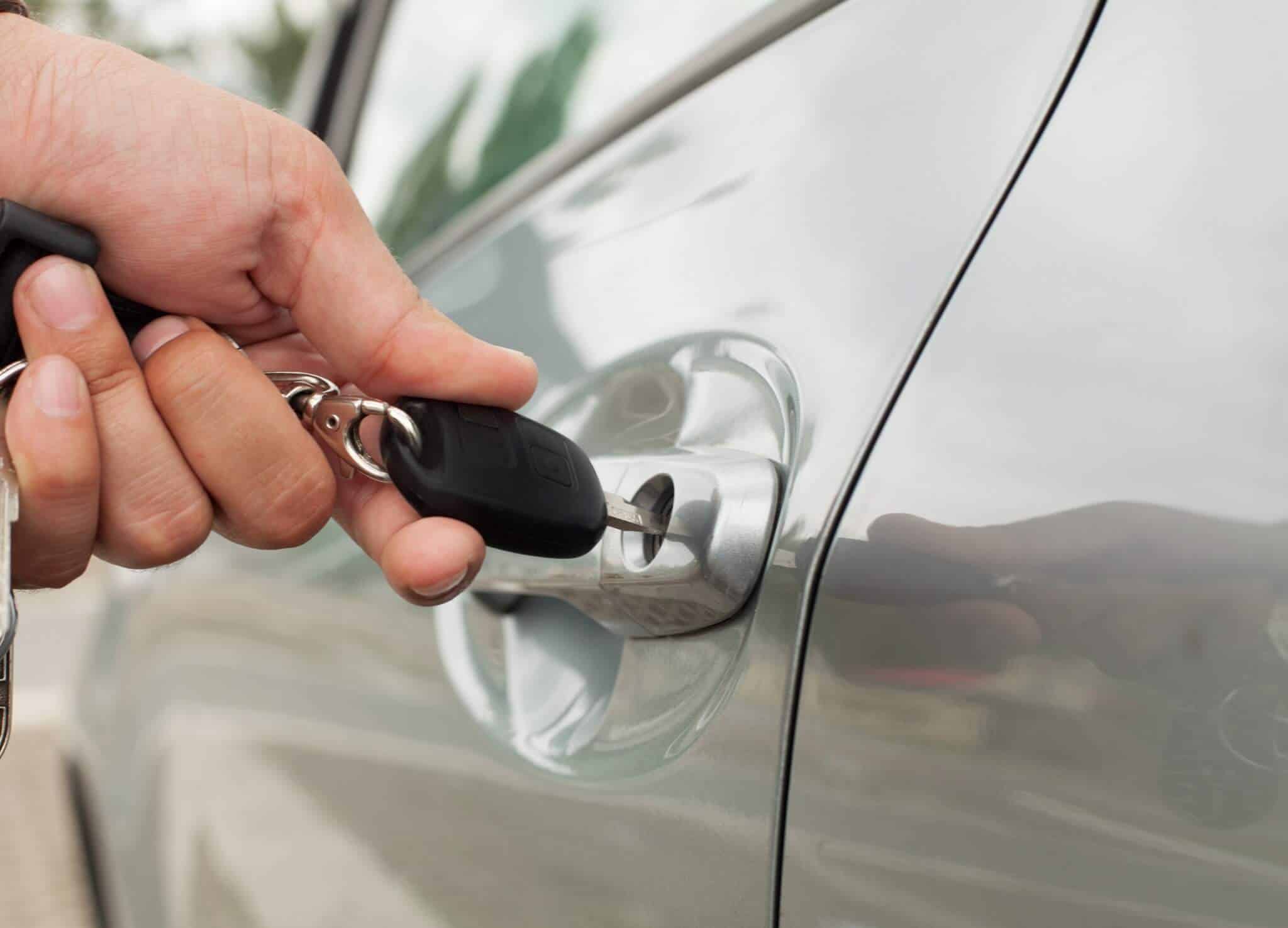
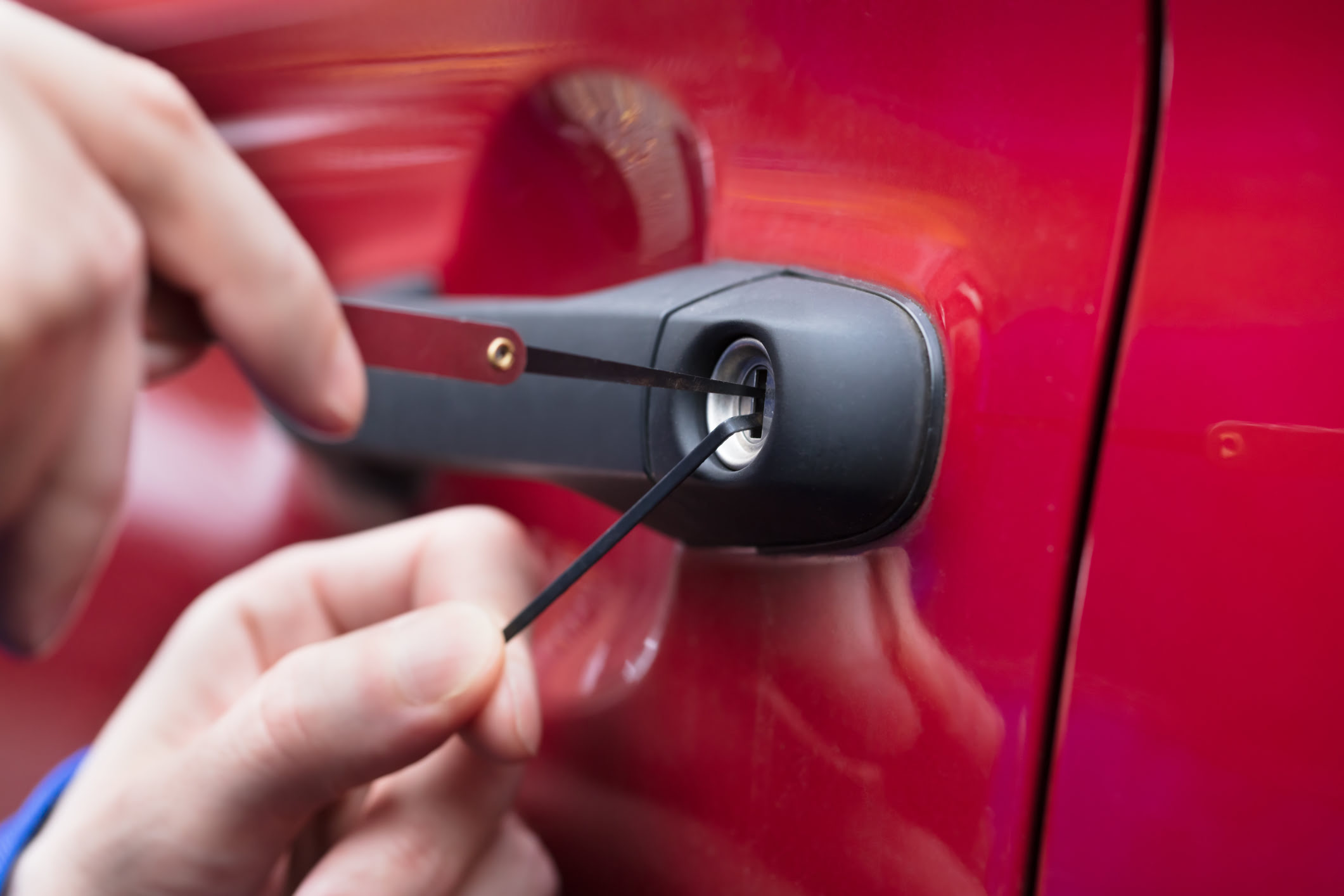
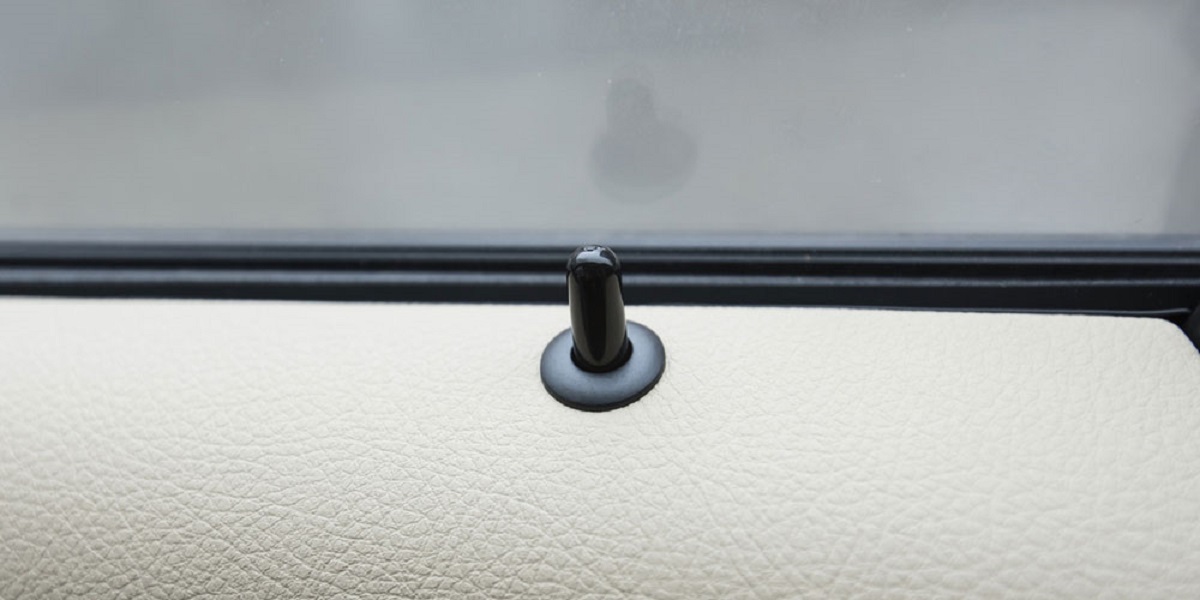
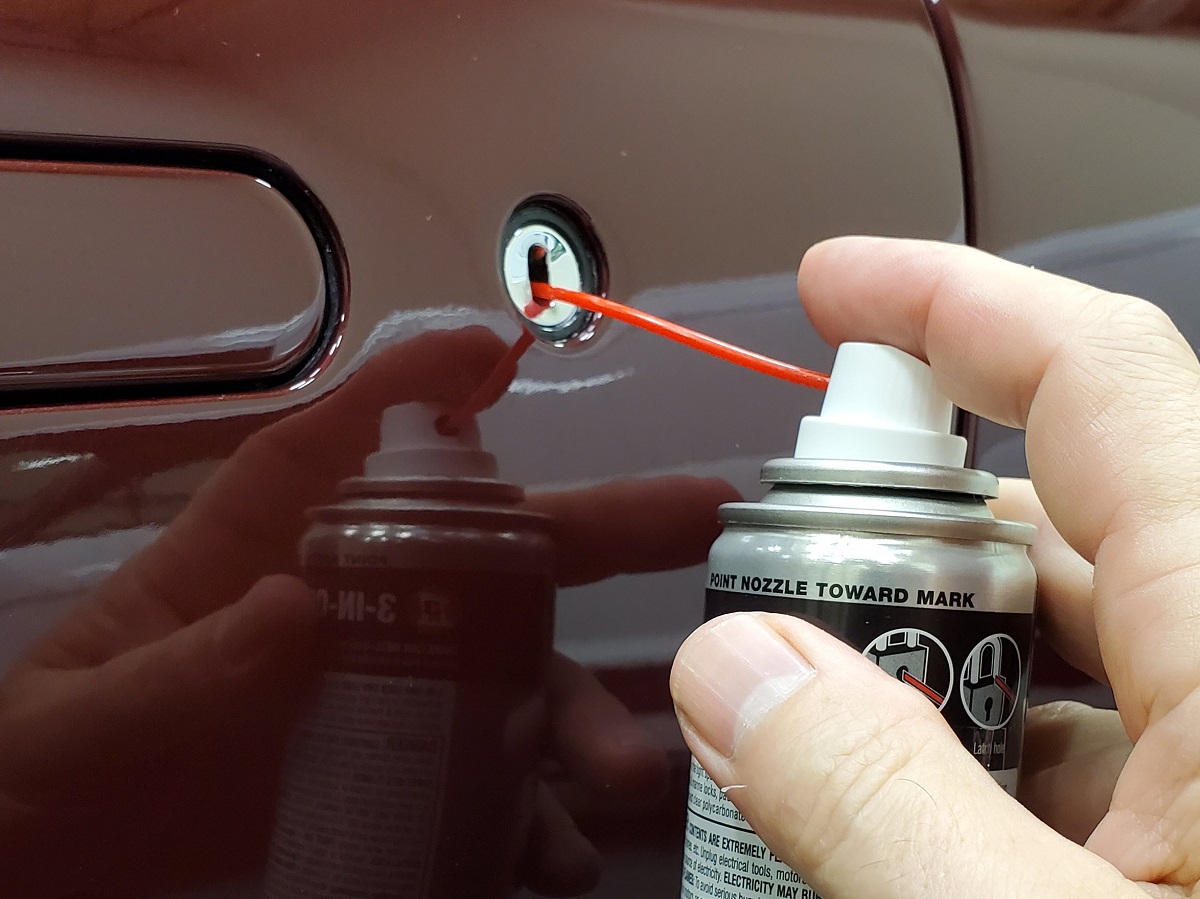
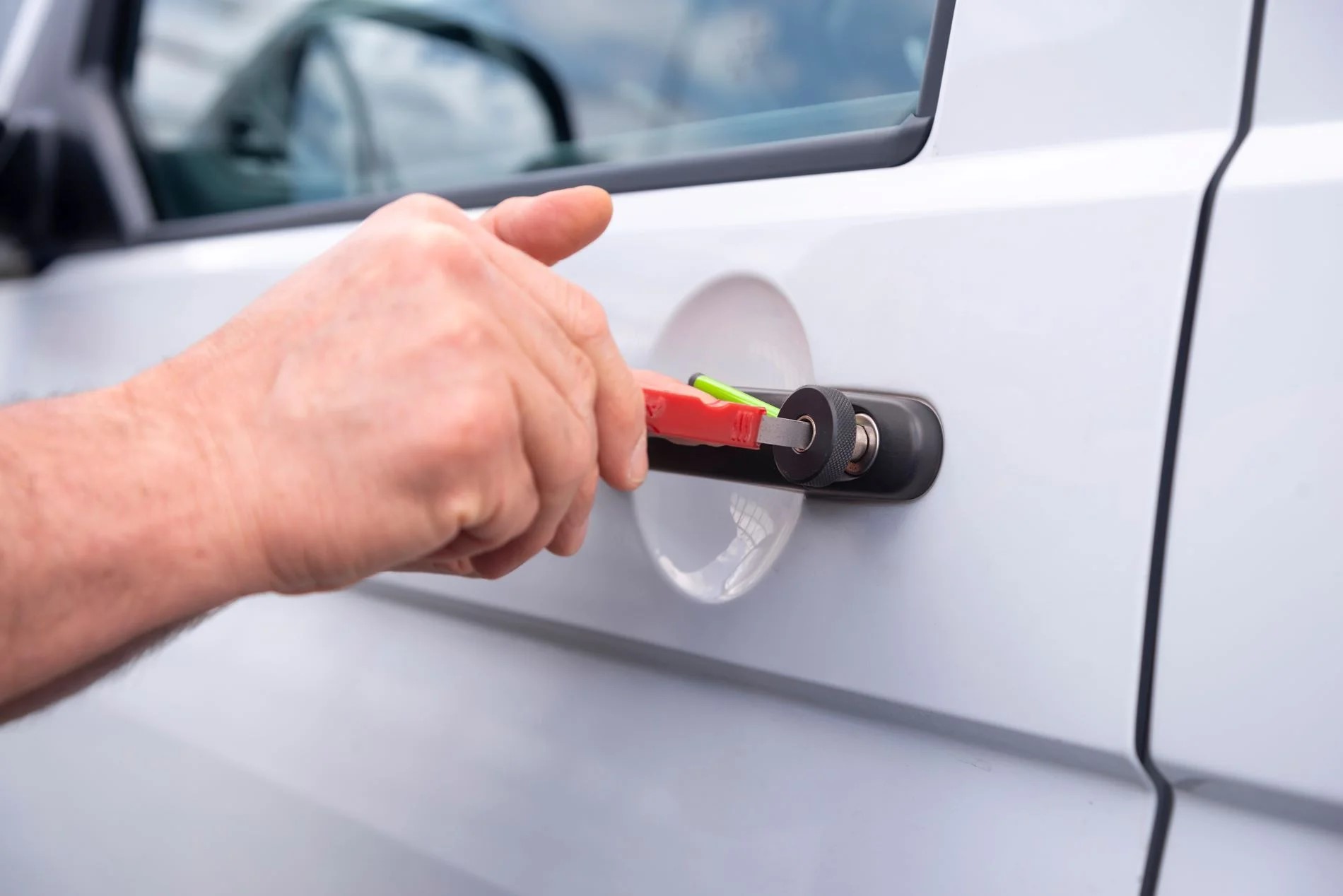
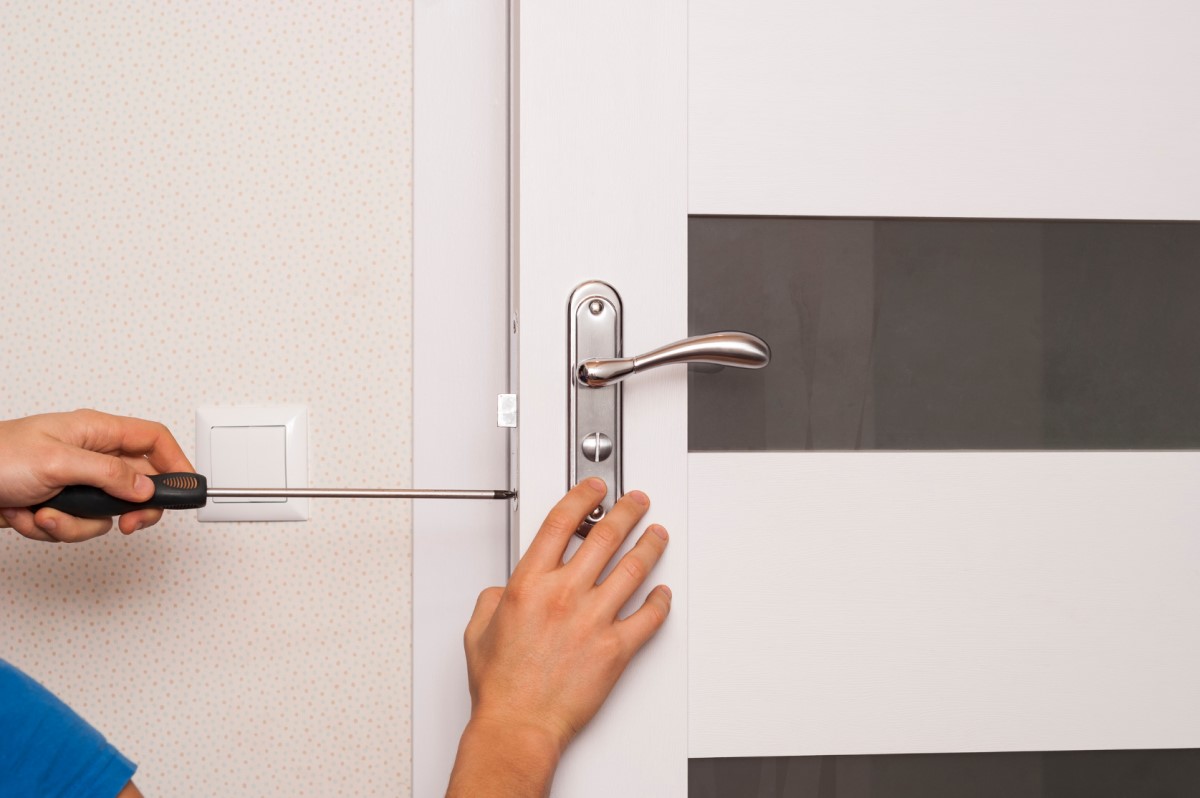
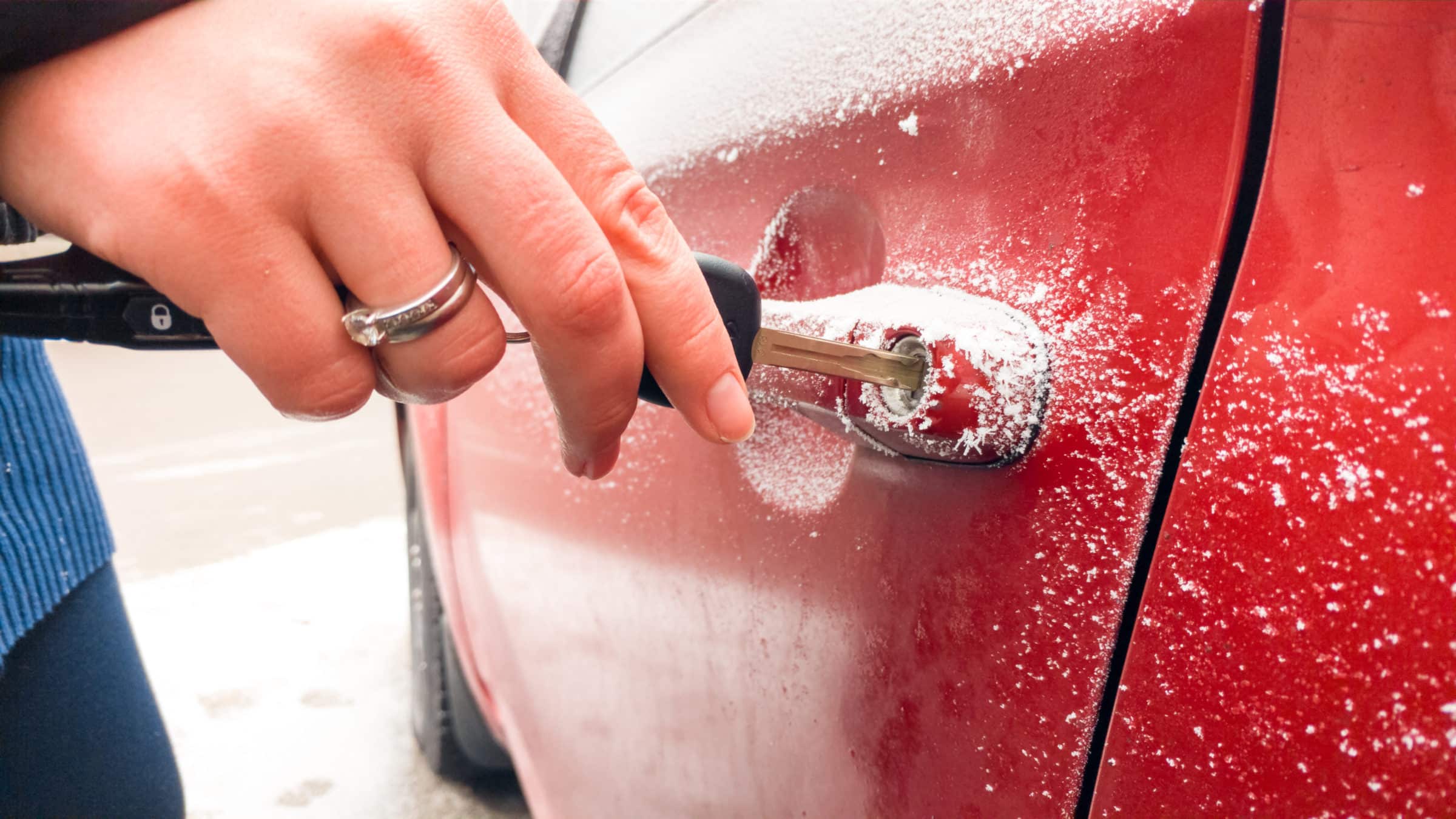
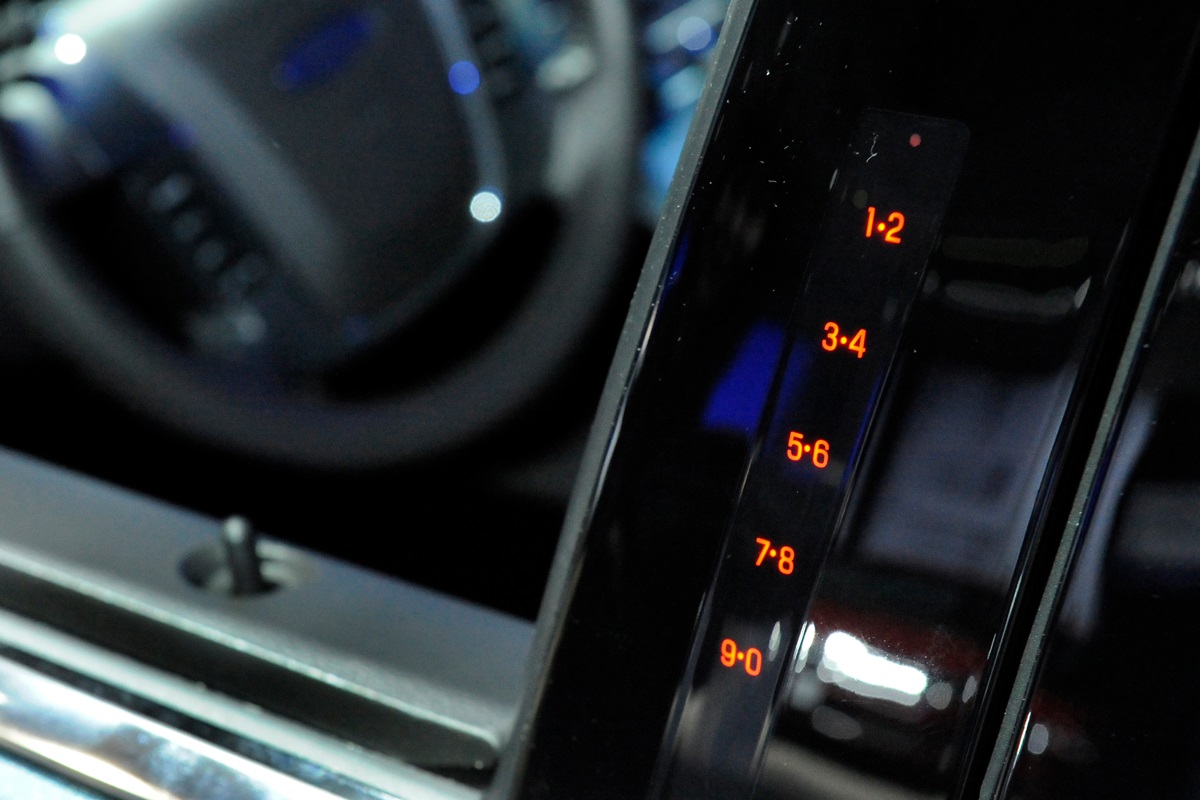
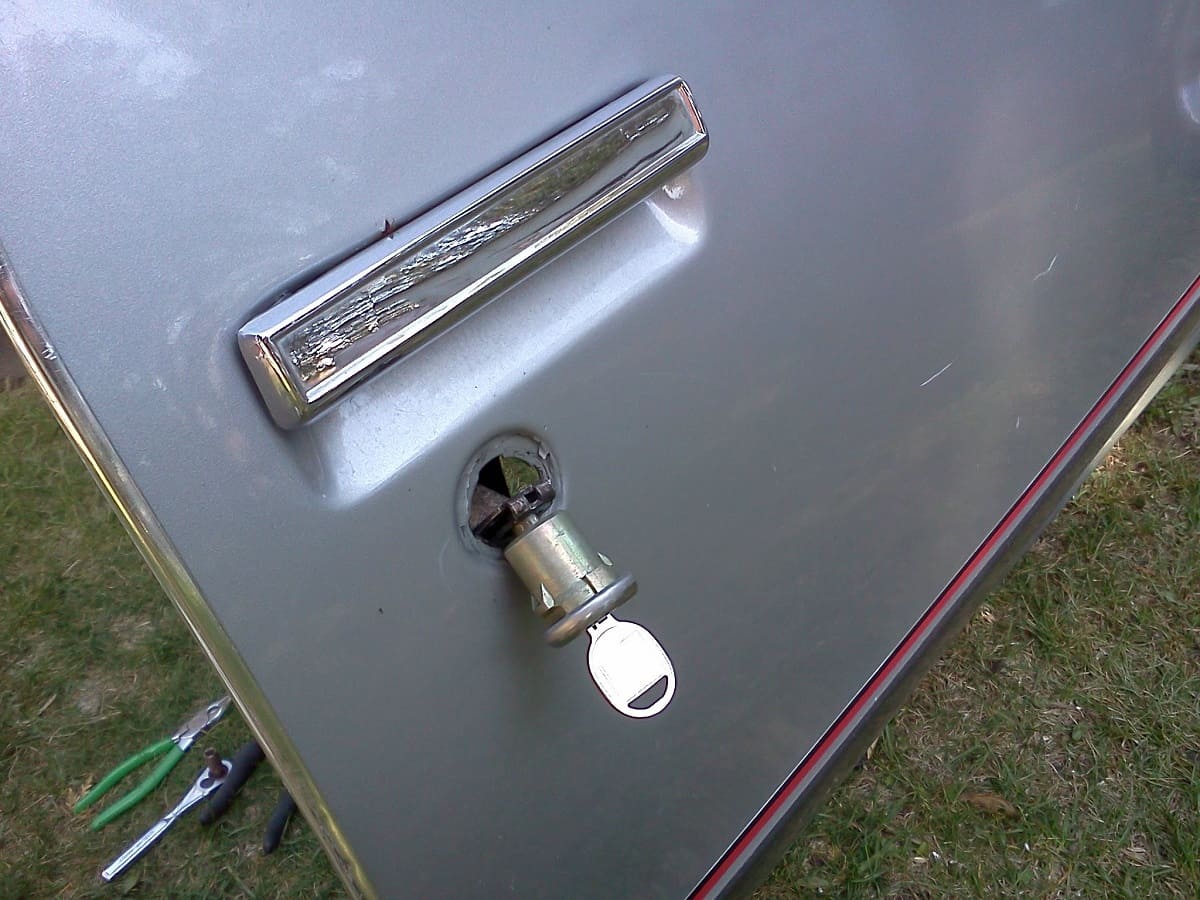
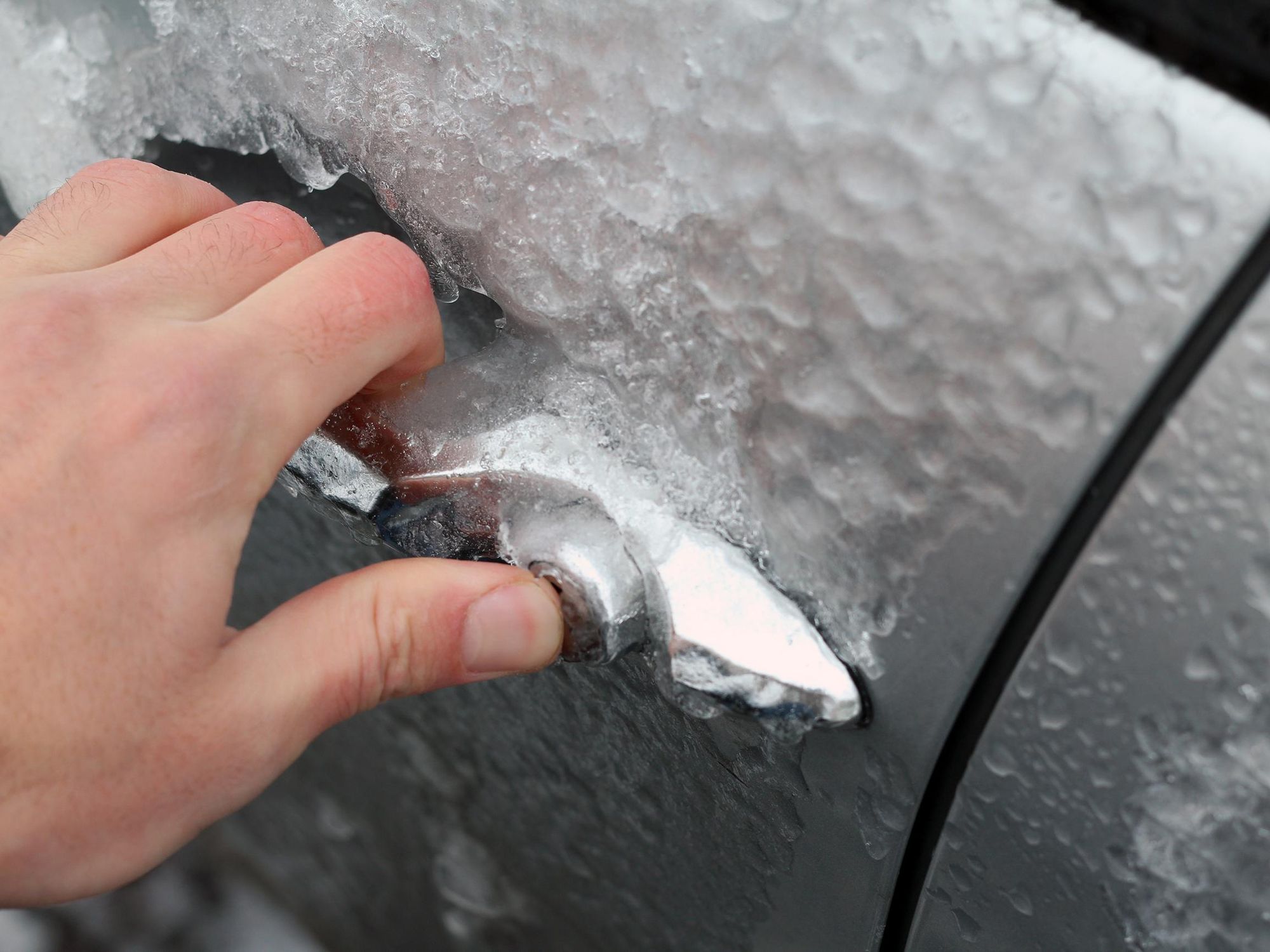
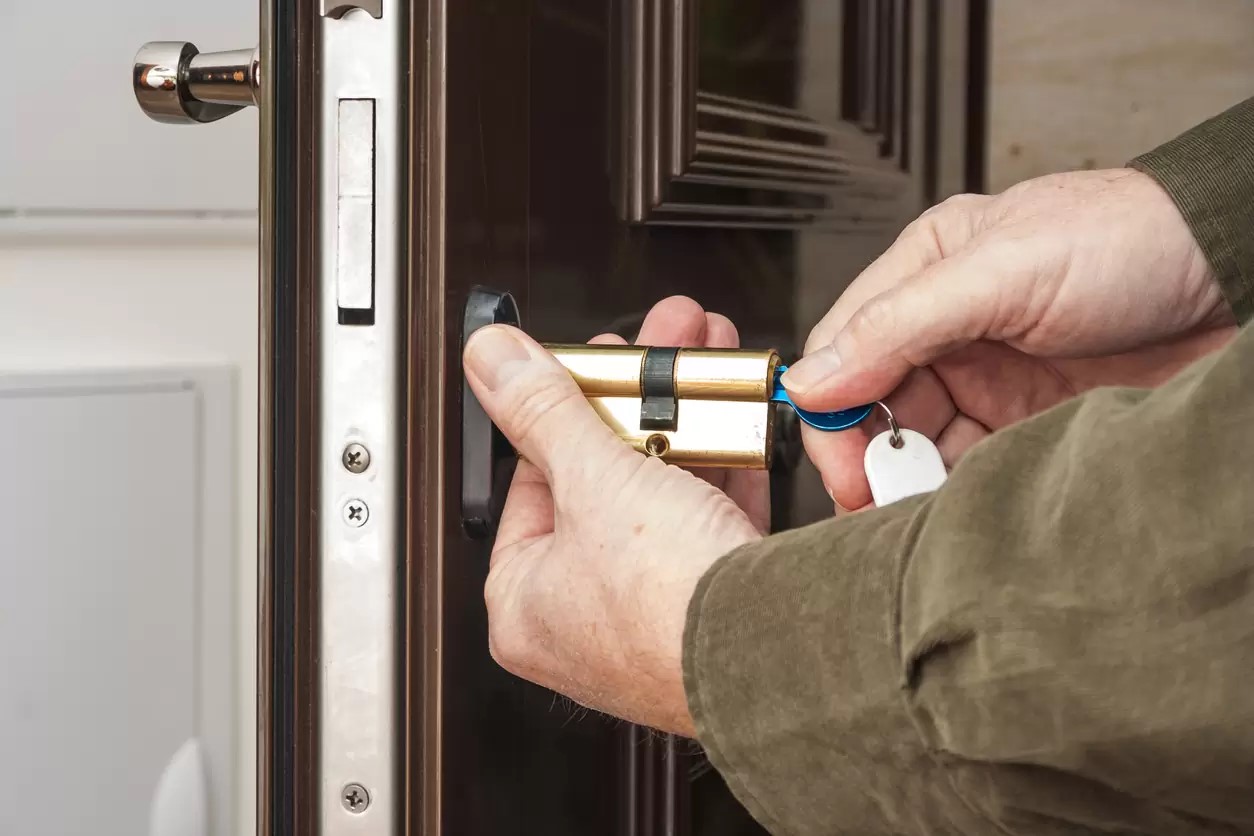
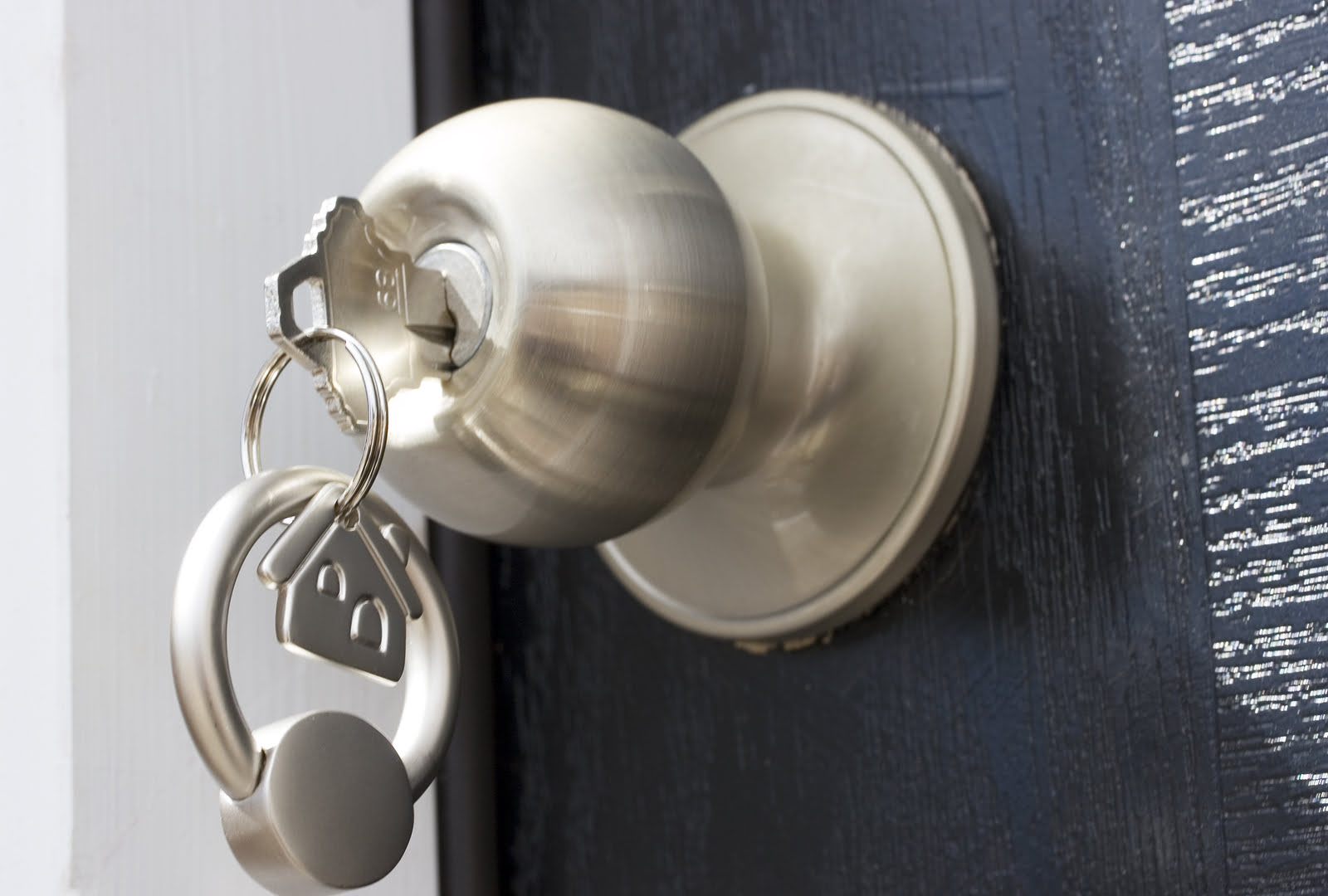
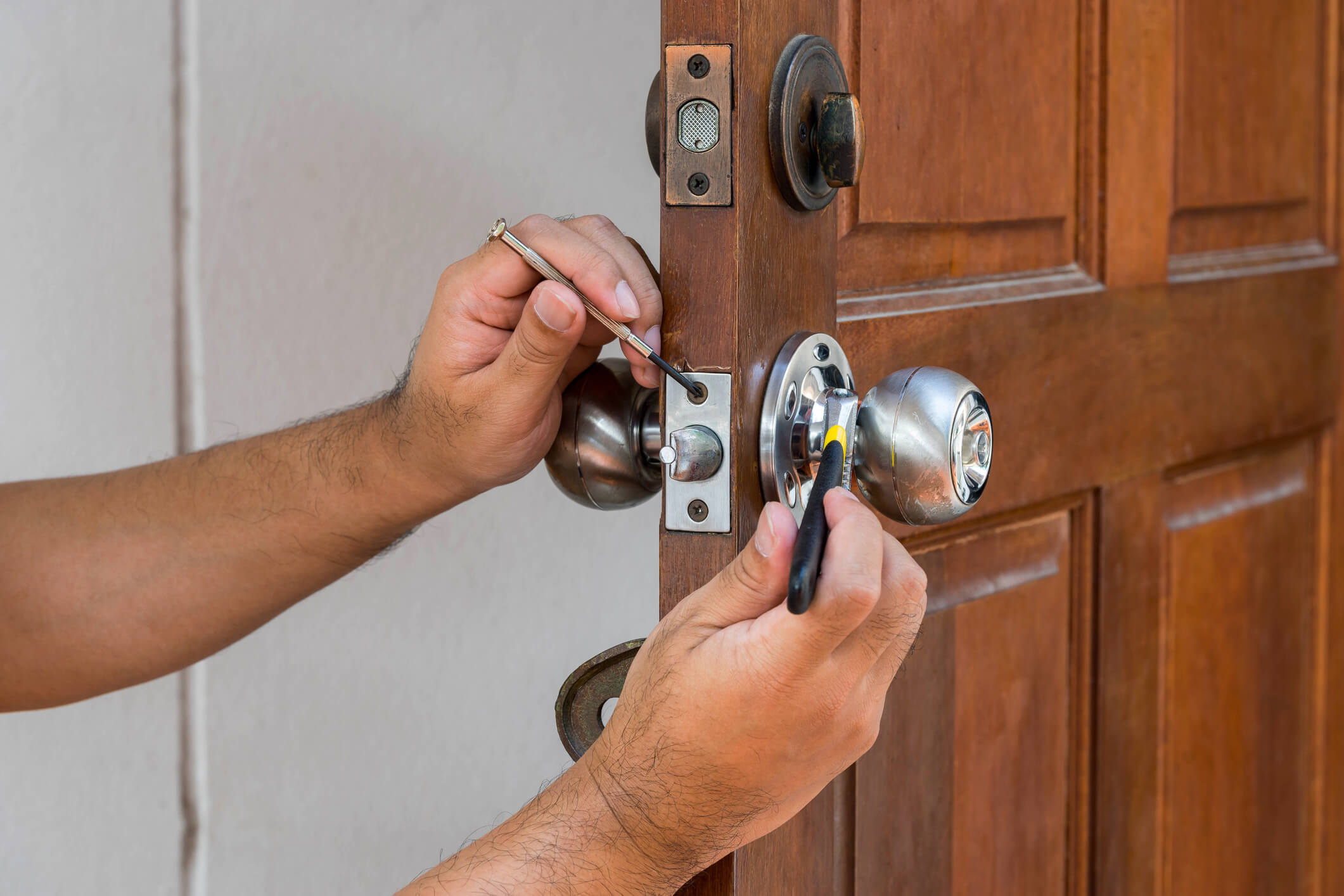

0 thoughts on “How To Fix A Jammed Car Door Lock”